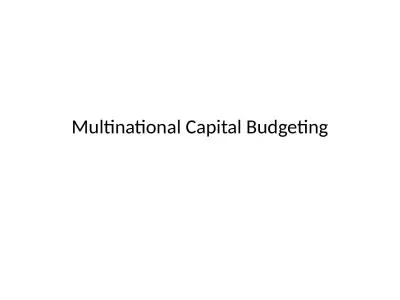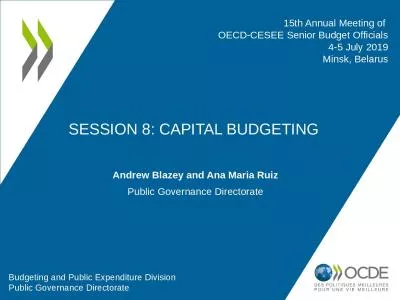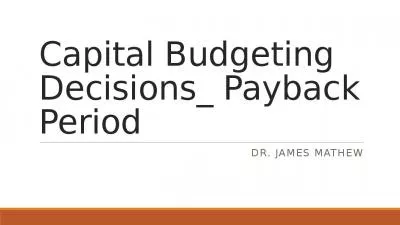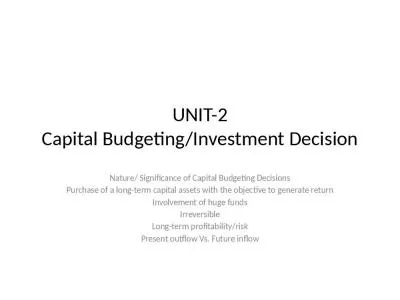PPT-Capital Budgeting, Risk Considerations
Author : min-jolicoeur | Published Date : 2018-01-05
and Other Special Issues 13 13 1 Describe the capital budgeting process and explain its importance to corporate strategy 13 2 Identify and apply the main tools
Presentation Embed Code
Download Presentation
Download Presentation The PPT/PDF document "Capital Budgeting, Risk Considerations" is the property of its rightful owner. Permission is granted to download and print the materials on this website for personal, non-commercial use only, and to display it on your personal computer provided you do not modify the materials and that you retain all copyright notices contained in the materials. By downloading content from our website, you accept the terms of this agreement.
Capital Budgeting, Risk Considerations: Transcript
Download Rules Of Document
"Capital Budgeting, Risk Considerations"The content belongs to its owner. You may download and print it for personal use, without modification, and keep all copyright notices. By downloading, you agree to these terms.
Related Documents














